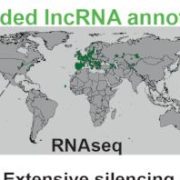
Arabidopsis long non-coding RNAs: an orchestrated hubbub
The Plant Cell: In a NutshellKornienko et al. discover that Arabidopsis genome is full of long-non-coding RNAs that show their expression only in specific tissues and plants from different geographic origins because of differences in epigenetic silencing of these genes.
Plant Cell - https://doi.org/10.1093/plcell/koad233
By Aleksandra…
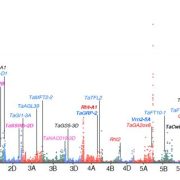
Phenotypic and genomic changes during modern wheat breeding in China and the United States
The Plant Cell: In a NutshellJianqing Niu et al. explore how modern breeding reshaped wheat phenotype and genome in China and the United States, which will facilitate breeding higher performance wheat in the future.
https://doi.org/10.1093/plcell/koad229
By Jianqing Niu and Hong-Qing Ling from Hainan Yazhou Bay Seed Laboratory…

Entrepreneurships in Plant Science
Blog, CareersHave you ever thought of creating your own company?
More than ever, college graduates are considering entrepreneurship as a career option. A global scale survey in 2021, involving around 267,000 undergraduate and graduate students from 58 countries revealed that around 11% of the students already…
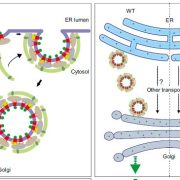
A MATE transporter regulates grain size in rice
The Plant Cell: In a NutshellZhou et al. discover a molecular mechanism of rice grain size regulation.
https://doi.org/10.1093/plcell/koad239
By Chunlei Zhou from Nanjing Agricultural University
Background: Grain size is a key factor for determining grain yield. Many genes or quantitative trait loci (QTLs) that regulate…
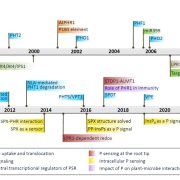
Review. Milestones in understanding phosphorus uptake, transport, sensing, use, and signaling
Plant Science Research WeeklyPhosphorus (P) is an essential nutrient and critical component of nucleic acids, phospholipids, and other molecules. Yang et al. provide a historical (since 1996) overview of the processes controlling its uptake and use. Plants take up P from the rhizosphere primarily in the form of orthophosphate (Pi).…
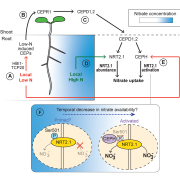
Review: CEP hormones at the nexus of nutrient acquisition and allocation, root development, and plant–microbe interactions
Plant Science Research WeeklyC-TERMINALLY ENCODED PEPTIDE (CEP) is a multigene family of peptide hormones originally described as systemic long-distance signals in response to nitrogen limitation. Over the years since the discovery of these peptide hormones, the literature on CEP biology has expanded the repertoire of developmental…

Review: Stem cells for crop improvement
Plant Science Research WeeklyPlants, like animals, have small populations of stem cells capable of differentiating into other tissues, but in plants these stem cell populations are even more long-lived and versatile. Stem cells in plants include the meristems (shoot and root apical meristems, inflorescence and axillary meristems)…

Review: Salicylic acid in plant immunity and beyond
Plant Science Research WeeklySalicylic acid (SA) is a pivotal natural compound in plant science and finds applications in herbal medicine; specifically, aspirin, the renowned anti-inflammatory drug and pain reliever, is a derivative of SA. As summarized in this review by Spoel and Dong, within plants SA serves as a crucial phytohormone…
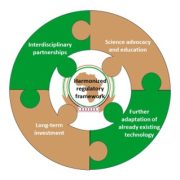
Comment: Unlocking the potential of agricultural biotechnology in Africa
Plant Science Research WeeklyAgricultural Biotechnology has the potential to significantly increase production, alleviate hunger, and improve global food security. However, its adoption in Africa lags behind other regions, facing challenges rooted in strict and varying policies, inadequate infrastructure, and insufficient economic…

